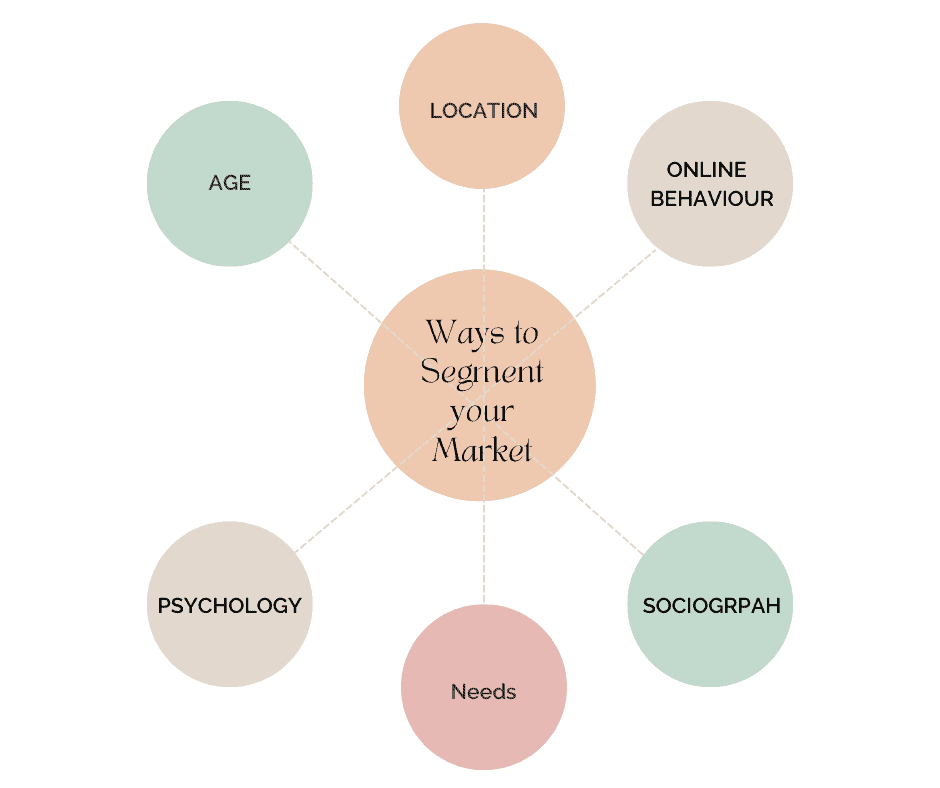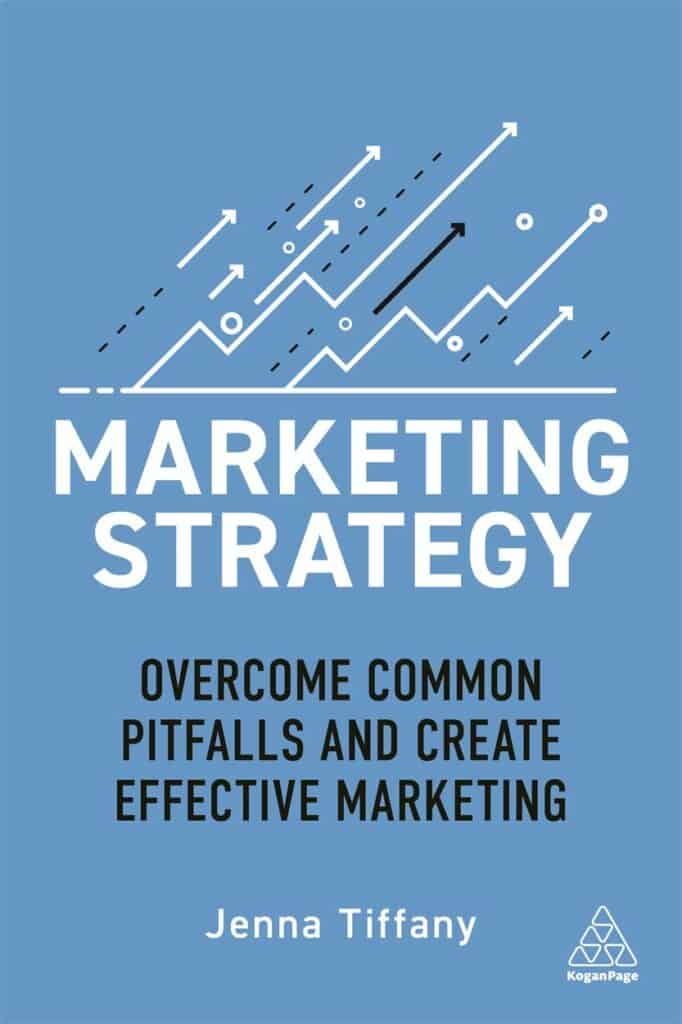In my last blog, I spoke about how you can use data and market research to get to know your customers.
Today, I’m going to tell you one of the best ways to put what you’ve learned to work.
Customers want to be treated like the people they are, not like data points. So, to build solid brand/customer relationships, you need to focus on the human element.
You need to address your customers directly, and personally. You need to talk about things that are relevant to them. You need to fulfil their specific needs, and listen to their individual concerns.
But how can you do this? Even with the best will and the best resources in the world, it is impossible for a single brand to get to know every single customer on a personal level.
What you can do, however, is get to know the broad likes, dislikes, needs etc of groups of customers.
You can do this through customer personas.
Here’s how it works:
How to create customer personas
Step 1: Segment your list
First, you need to identify the groups to which you will be assigning personas. It sounds complicated, but it isn’t.
You simply group customers together according to the traits that most make sense for your strategy.
For example, if you want to give customers targeted product recommendations, segment customers by the products they view and/or buy most often. If you have different engagement tactics for different genders or age groups, segment accordingly.
The most useful segmentation tactics for you depend on your customers, their needs, your product, and your strategy. However, if you’re stuck for ideas, here are some common ways to segment:

Step 2: Assign characteristics to your segments
Now that you’ve segmented your customers, it’s time to humanise them. Take each segment, and turn it into a person.
How? By giving them characteristics.
Characteristics like:
- A name
- An age
- A profession
- A level of education
- Likes
- Dislikes
- Buying preferences
- Styles of engagement
- Engagement levels
- Preferred channels/platforms
- Marital status
- Values, morals, and ethical positions
- Loyalty level
You don’t have to use all of these, but you also don’t have to be limited to these. Theoretically, there is no limit to the characteristics you can give your persona. You can get into real detail, diving deep into your persona’s backstory.
The important thing is to always keep an eye on the bigger picture. The aim here is not to describe a single character, it is to humanise a wider group of people so that you are better able to engage with them on a personal level.
On that note, here’s a warning. I’ve seen meetings about customer personas dissolve into crude stereotyping sessions. As the persona emerges, people will do things like mimic how this customer will complain, how this customer behaves, and so on. At some point, this hairstyle inevitably comes up…

It’s cathartic, for sure, but it misses the point.
Yes, it’s good to be prepared for negative interactions – but the ultimate point of this exercise is to bring you closer to your customers. You want to humanise them so you can relate to them and build relationships. You don’t want to build caricatures that will reduce your customers to stereotypes and set you even further apart from them.
You won’t get it perfectly accurate for every person in every segment. In fact, you won’t get it perfectly accurate for any person in any segment (frankly, if you do, you’re probably focusing too hard on the specific characteristics of one person, and not looking at the bigger picture).
What you will do is give yourself a human persona to focus on. And that will help you to talk to your segments on a human level.
A typical customer persona looks something like this:

The important thing to remember is that these personas exist to help you relate to your customers. So make them believable and relatable.
Step 3: Deploy your personas
The purpose of your personas is to give you someone to talk to. Not in a specific sense – I’m not suggesting that you send out a mailshot addressing the Loyal Laura segment with “Dear Loyal Laura, I hope you are well…”, that would be a terrible move!
But in a broad sense, your customer personas should give you an idea of the person you’re talking to.
When you’re designing templates, angle them towards that particular persona. For example, if your persona is an elderly woman your emails should reflect the kinds of products and services appropriate for her demographic.
BUT – and this is a big but – don’t change YOUR persona when addressing different segments.
You can cater to the needs of each segment/persona while sticking to your brand voice and values – I promise!
You must maintain a level of brand consistency throughout all segments and personas – including your tone of voice.
If you’re not sure how to maintain a consistent brand TOV when addressing different audiences – well, this is why strategy is so important. Build a strategy, win conversions, dodge this kind of confusion down the line – my book will tell you how 👊
Use personas to understand your customers
Customer personas aren’t for the customers themselves. They’re for you.
You are a human, as are your customers. You can’t relate to a data point, and they don’t want to be treated like a data point.
Personas help you to overcome that block and treat your customers like the real, human people that they are.
This is important, because if your customers don’t feel like they are..:
- Respected
- Understood
- Catered for
- Valued
- Known
…they will jump ship and head to your competitors.
For more on how to build profitable relationships with your customers, read my multi-award winning book, ‘Marketing Strategy’. Buy it today!
Order through the Let’sTalk Strategy website for a 20% discount!


